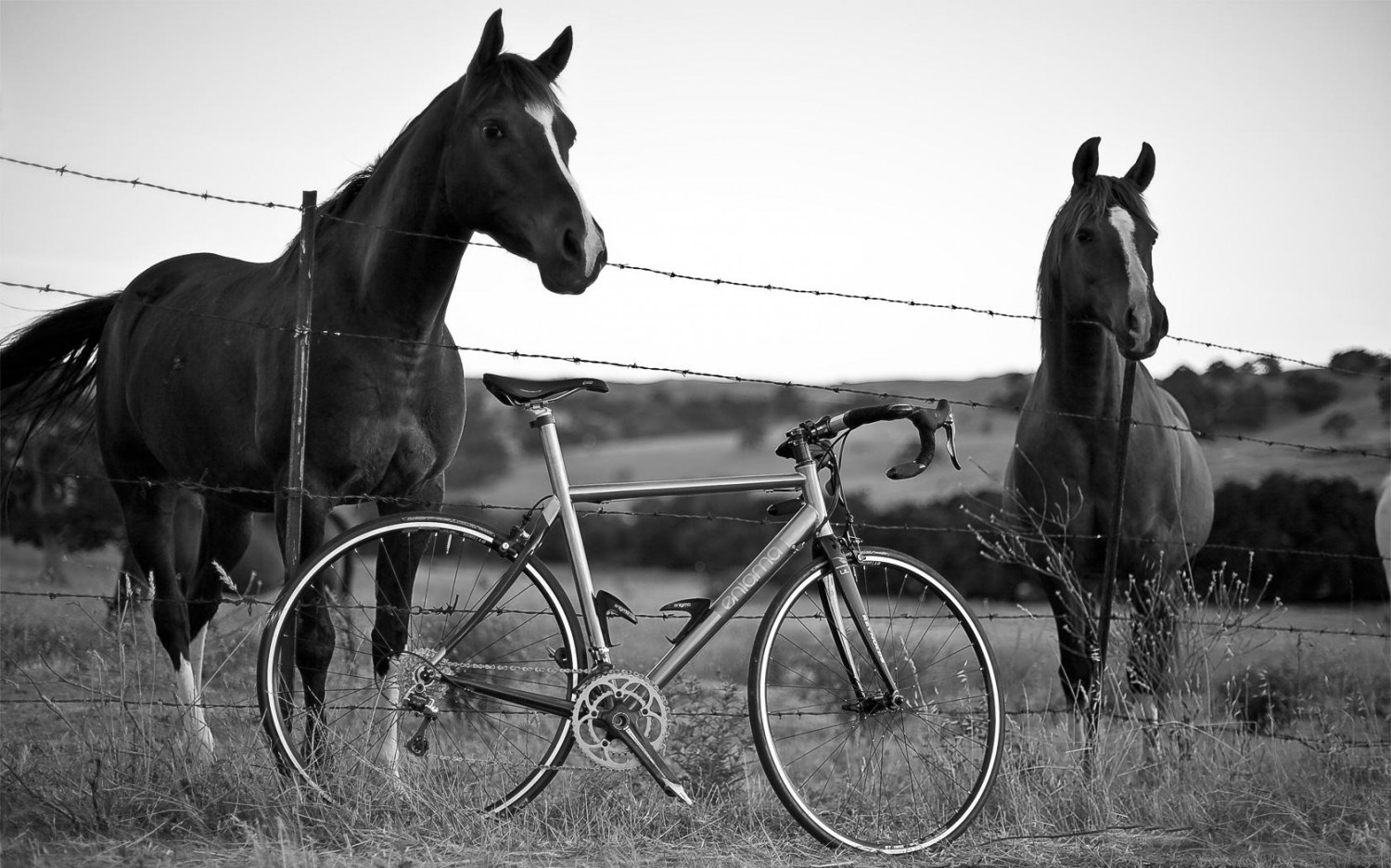Sunday, June 29th – Sagitta is one of the lesser known constellations, but its shape is distinctive, and stars bright enough to see even from suburban skies. It lies within the well known asterism of the Summer Triangle, whose vertices are marked by three first magnitude stars, Vega, up high in Lyra, Deneb, to the north in Cygnus, and Altair in Aquila to the south.
An hour or so after sunset, find the Summer Triangle rising in the east. Little Sagitta, “The Arrow”, will be near Altair.
Monday, June 30th – Steeped in Greek mythology as the hero who killed the Medusa and saved the princess Andromeda, the constellation Perseus is located above the nice pairing of Venus and first magnitude Aldebaran, the brightest star in Taurus, and above Capella. The brightest two arcs of stars in Perseus are the lower sections, joining at the bright star Mirfak.
The famous short period variable star Algol, thought to be the Medusa’s eye, is in the upper of the two main arcs of stars. Watch Algol over a few days, and you’ll see its brightness change.
Tuesday, July 1st – Spectacular morning pairing today! First magnitude Aldebaran is four degrees south of brilliant Venus. Venus shines today at magnitude 3.91, while Aldebaran is magnitude 0.84.
Two star clusters join the show, with the famous Pleiades, a young cluster, high in Taurus, and The Hyades, an older and more dispersed cluster mixing in with Venus and Aldebaran.
Note the colors. Venus is off-white, and comparing Aldebaran, you should be able to see its red hues, as it is a Red Giant star.
Wednesday, July 2nd – The Double Cluster in Perseus is visible with the unaided eye in a dark sky, and an easy target in dark skies. But even from suburbia, it can be easily viewed with almost any binocular or telescope. The best way to find it is star-hopping from the center star in the W of Cassiopeia, through the next star closest to the horizon, then about twice that distance beyond. Try it with your binoculars, it’s a great sight.
The clusters are close together, 7,000 light years from us. They shine at magnitude 4.0, and appear large as the full Moon.
Thursday, July 3rd – Today is aphelion. The Earth is as far from our Sun as it gets, approximately 94,551,000 away. Our orbit around the Sun is not circular, none of the planets have circular orbits. We travel an elliptical path around the Sun. The closest point between the Earth and Sun is perihelion. In this image, the Sun is 3, we are currently at position 1, and will be at 2 for perihelion. (Not to scale.)
Friday, July 4th – Today is the 960th Anniversary (1054) of the Crab Nebula Supernova. How is that for a 4th of July firework?
If you go outside and look to the eastern horizon in the predawn sky today, Taurus will be rising. The Crab Nebula is in Taurus, and climbs just over our horizon an hour before sunrise on this memorable day!
Cover your ears… BOOM!
Saturday, July 6th – A bright triad of celestial objects appears to the south tonight, in the evening twilight.
The First Quarter Moon is in a very tight grouping with the bright star Spica in Virgo, and the red planet Mars.
This is a sight not to be missed!
Get out your binoculars to view all three together in one field of view. Saturn sits off to the east in Libra, lonely tonight.
Happy viewing!
Crash













